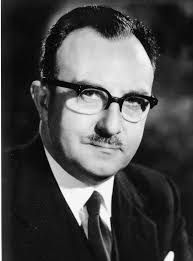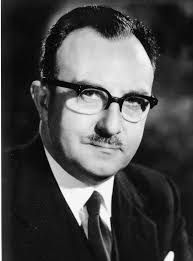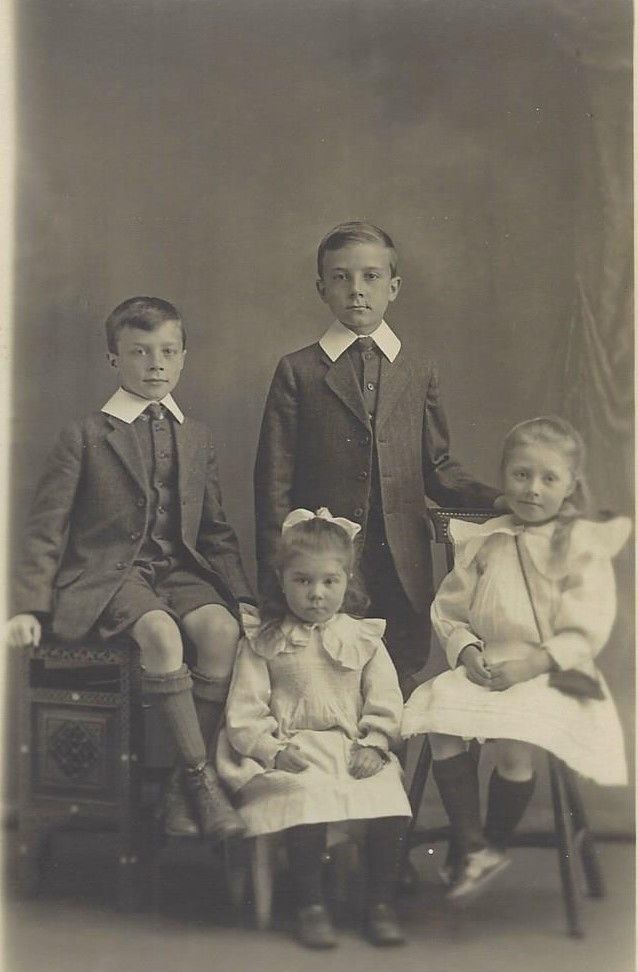The Enclyopedia Brittanica describes him as follows: "Sir William Hunter McCrea, British mathematician and cosmologist whose research on the composition of the Sun and on star formation led to the development of the big bang theory of the universe’s beginnings."
The Guardian newspaper (UK) said "He significantly advanced Einstein's theories of relativity and campaigned for a national institute of theoretical astronomy in Britain."
Following is his Wikipedia profile:Sir William Hunter McCrea FRS FRSE PRAS (13 December 1904 – 25 April 1999) was an English astronomer and mathematician.He was born in Dublin in Ireland on 13 December 1904.
His family moved to Kent in 1906 and then to Derbyshire where he attended Chesterfield Grammar School. His father was a school master at Netherthorpe Grammar School in Staveley.
He went to Trinity College, Cambridge in 1923 where he studied Mathematics, later gaining a PhD in 1929 under Ralph H. Fowler.
In 1928, he studied Albrecht Unsöld's hypothesis, and discovered that three quarters of the Sun is made of hydrogen, and about one quarter is helium, with 1% being other elements. Previous to this many people thought the Sun consisted mostly of iron. After this, people realised most stars consist of hydrogen.
From 1930 he lectured in Mathematics at the University of Edinburgh. During his time in Edinburgh (in 1931) he was elected a Fellow of the Royal Society of Edinburgh. His proposers were Sir Edmund Taylor Whittaker, Sir Charles Galton Darwin, Edward Copson and Charles Glover Barkla. He won the Society's Keith Medal (jointly with Edward Copson) for the period 1939-41.
In 1932, he moved to Imperial College London as a Reader.
In 1936, he became Professor of Mathematics and head of the mathematics department at the Queen's University of Belfast.
On 28 July 1933, he married Marian Nicol Core Webster, who was the second daughter of Thomas Webster, an Edinburgh mining engineer.
In the Second World War, he was co-opted onto the Admiralty Operational Research Group.
After the war, he joined the mathematics department at Royal Holloway College in 1944 (the McCrea Building on Royal Holloway's campus is named after him).
He was elected a Fellow of the Royal Society of London in 1952.
McCrea was president of the Royal Astronomical Society from 1961 to 1963 and president of Section A of the British Association for the Advancement of Science from 1965–6.
In 1964, he proposed mass transfer mechanism as an explanation of blue straggler stars.
In 1965, McCrea created the astronomy centre of the physics department at the University of Sussex.
He won the Gold Medal of the Royal Astronomical Society in 1976.
He was knighted by Queen Elizabeth II in 1985.
McCrea died on 25 April 1999 at Lewes in Sussex.
(bio by Ian Fraser)
The Enclyopedia Brittanica describes him as follows: "Sir William Hunter McCrea, British mathematician and cosmologist whose research on the composition of the Sun and on star formation led to the development of the big bang theory of the universe’s beginnings."
The Guardian newspaper (UK) said "He significantly advanced Einstein's theories of relativity and campaigned for a national institute of theoretical astronomy in Britain."
Following is his Wikipedia profile:Sir William Hunter McCrea FRS FRSE PRAS (13 December 1904 – 25 April 1999) was an English astronomer and mathematician.He was born in Dublin in Ireland on 13 December 1904.
His family moved to Kent in 1906 and then to Derbyshire where he attended Chesterfield Grammar School. His father was a school master at Netherthorpe Grammar School in Staveley.
He went to Trinity College, Cambridge in 1923 where he studied Mathematics, later gaining a PhD in 1929 under Ralph H. Fowler.
In 1928, he studied Albrecht Unsöld's hypothesis, and discovered that three quarters of the Sun is made of hydrogen, and about one quarter is helium, with 1% being other elements. Previous to this many people thought the Sun consisted mostly of iron. After this, people realised most stars consist of hydrogen.
From 1930 he lectured in Mathematics at the University of Edinburgh. During his time in Edinburgh (in 1931) he was elected a Fellow of the Royal Society of Edinburgh. His proposers were Sir Edmund Taylor Whittaker, Sir Charles Galton Darwin, Edward Copson and Charles Glover Barkla. He won the Society's Keith Medal (jointly with Edward Copson) for the period 1939-41.
In 1932, he moved to Imperial College London as a Reader.
In 1936, he became Professor of Mathematics and head of the mathematics department at the Queen's University of Belfast.
On 28 July 1933, he married Marian Nicol Core Webster, who was the second daughter of Thomas Webster, an Edinburgh mining engineer.
In the Second World War, he was co-opted onto the Admiralty Operational Research Group.
After the war, he joined the mathematics department at Royal Holloway College in 1944 (the McCrea Building on Royal Holloway's campus is named after him).
He was elected a Fellow of the Royal Society of London in 1952.
McCrea was president of the Royal Astronomical Society from 1961 to 1963 and president of Section A of the British Association for the Advancement of Science from 1965–6.
In 1964, he proposed mass transfer mechanism as an explanation of blue straggler stars.
In 1965, McCrea created the astronomy centre of the physics department at the University of Sussex.
He won the Gold Medal of the Royal Astronomical Society in 1976.
He was knighted by Queen Elizabeth II in 1985.
McCrea died on 25 April 1999 at Lewes in Sussex.
(bio by Ian Fraser)
Family Members
Sponsored by Ancestry
Advertisement
Advertisement







